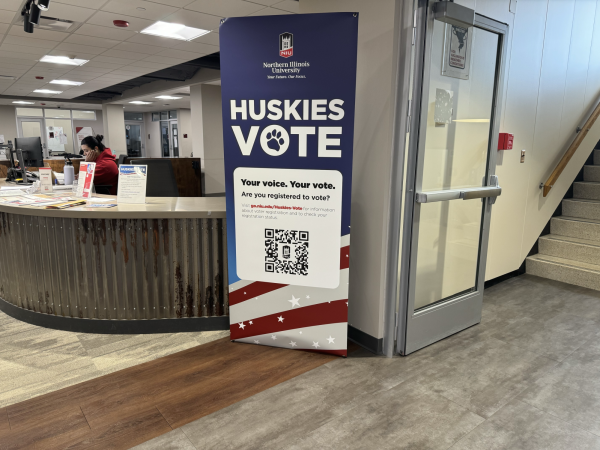Work begins on phones
December 1, 1989
A security phone system originally proposed in March 1988 will be installed beginning this week after a delay of more than a month.
Student Association Welfare Adviser Morenike Cheatom said the $78,000 system is a long-awaited and welcomed safety improvement at NIU. The phones are expected to be in service by mid-December.
Pat Hewitt, associate NIU vice president for budget and planning, said the delay was caused by a misunderstanding of NIU’s contract with Motorola, Inc. “When we sent them a purchase order, we thought they had them (the boxes) in stock. As it turned out, they began manufacturing them when they received our order,” Hewitt said.
NIU’s parking division initiated the project with a proposal for three phones, but the system was expanded in March 1988 with the support of Lisa Gunn, then the SA welfare adviser.
The parking division contributed $17,700 to the system, with the remainder paid for with a one-time student fee of $3.24. Hewitt said the parking division will pay for the system’s maintenance.
“We’re very pleased that this is finally going through,” Cheatom said. An orientation session will be held next week in the Holmes Student Center’s Pow Wow Room to acquaint people with the use of the system, Cheatom said.
The system’s call boxes will be installed on light poles throughout the campus. Lt. Ken Kaiser of NIU’s Public Safety Office said the red call boxes operate on a self-contained two-way FM radio system powered by light poles with a battery backup.
When the phone box is opened, the system sends an alarm to University Police showing the location of the call. After a response tone, the caller can speak to a dispatcher by pushing the boxes’ only control, a large, red “push to talk” button.
Although false alarms should not be a major problem, preventative measures have been taken, Kaiser said. Small metal plates will be placed on the boxes with the warning, “For emergency use only, police notified when box opened.”
In addition to inconvenience, Kaiser said continuous pranking could endanger responses to real alarms. “Anytime you respond with red lights and sirens, there is a liability, a risk, both to the officer responding and those in traffic for accidents and injuries,” Kaiser said. Anyone caught making false alarms will face judicial action and possible criminal prosecution, he said.
If the system is abused with a high incidence of false alarms, full emergency responses will be limited to verbal request for help in life-or-death situations, Kaiser said.
Kaiser said, “It’s an emergency call box system. It’s there for anyone who feels there is a real emergency.” He added, the system can be used to report crimes, suspicious activity or even car trouble in cold weather.












